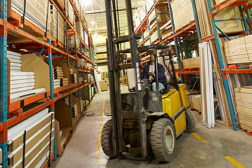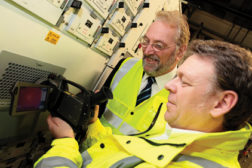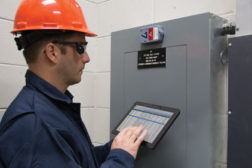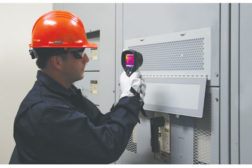Martin Robinson
Martin Robinson is CEO of the IRISS Group. For more than 30 years, Robinson has been a pioneer in the field of maintenance technology. An innovator and pioneer of Infrared (IR) Thermography, he has consulted with international maintenance and reliability leaders on electrical preventive maintenance and electrical safety standards of NFPA and OSHA. A recognized authority in the field of IR Thermography, Robinson has designed CBM programs to include IR, Non-destructive Testing (NDT) and implementation of green energy initiatives and energy management strategies. He is Level III Certified IR Thermographer, Certified Maintenance and Reliability Professional (CMRP) through the Society for Maintenance and Reliability Professionals (SMRP),member of IEEE, NFPA and is a standing member on the technical committee CSAZ463 guidelines on maintenance of electrical systems and IEEEP 1814 — Electrical System Design to Improve Electrical Safety.
ARTICLES
Get our new eMagazine delivered to your inbox every month.
Stay in the know on the latest safety trends.
SUBSCRIBE TODAYCopyright ©2024. All Rights Reserved BNP Media.
Design, CMS, Hosting & Web Development :: ePublishing



